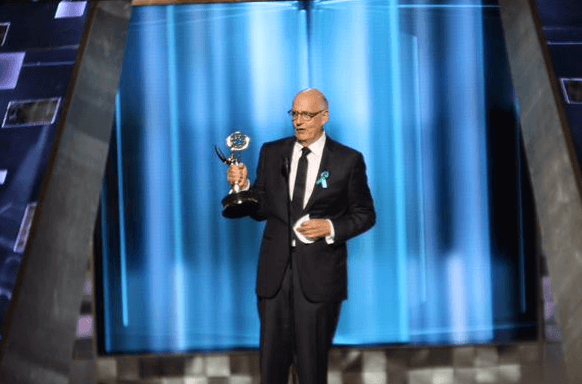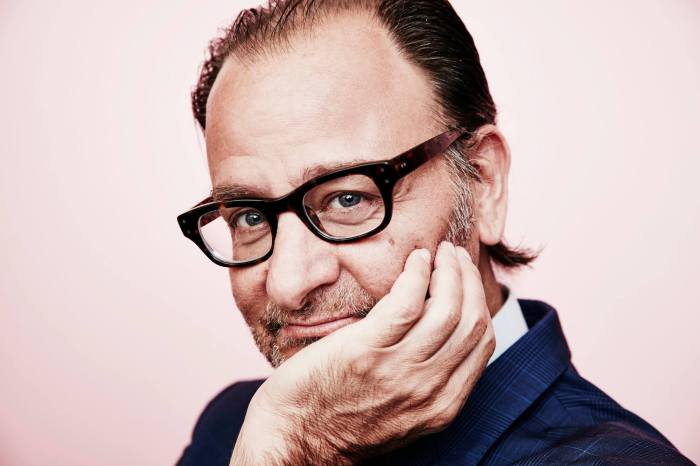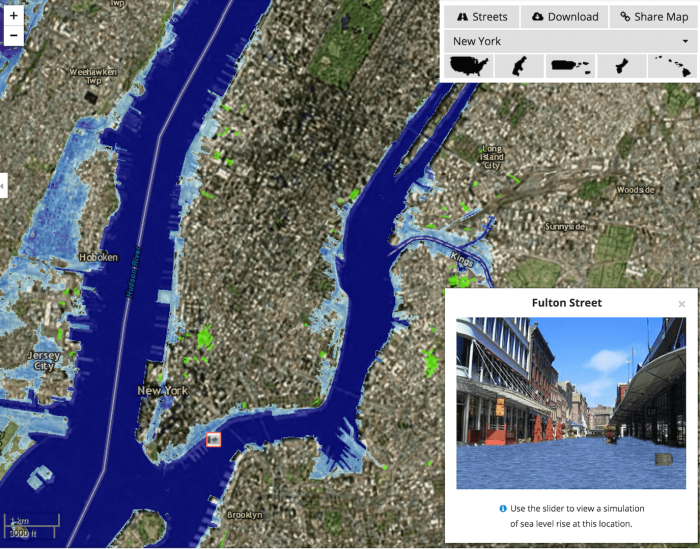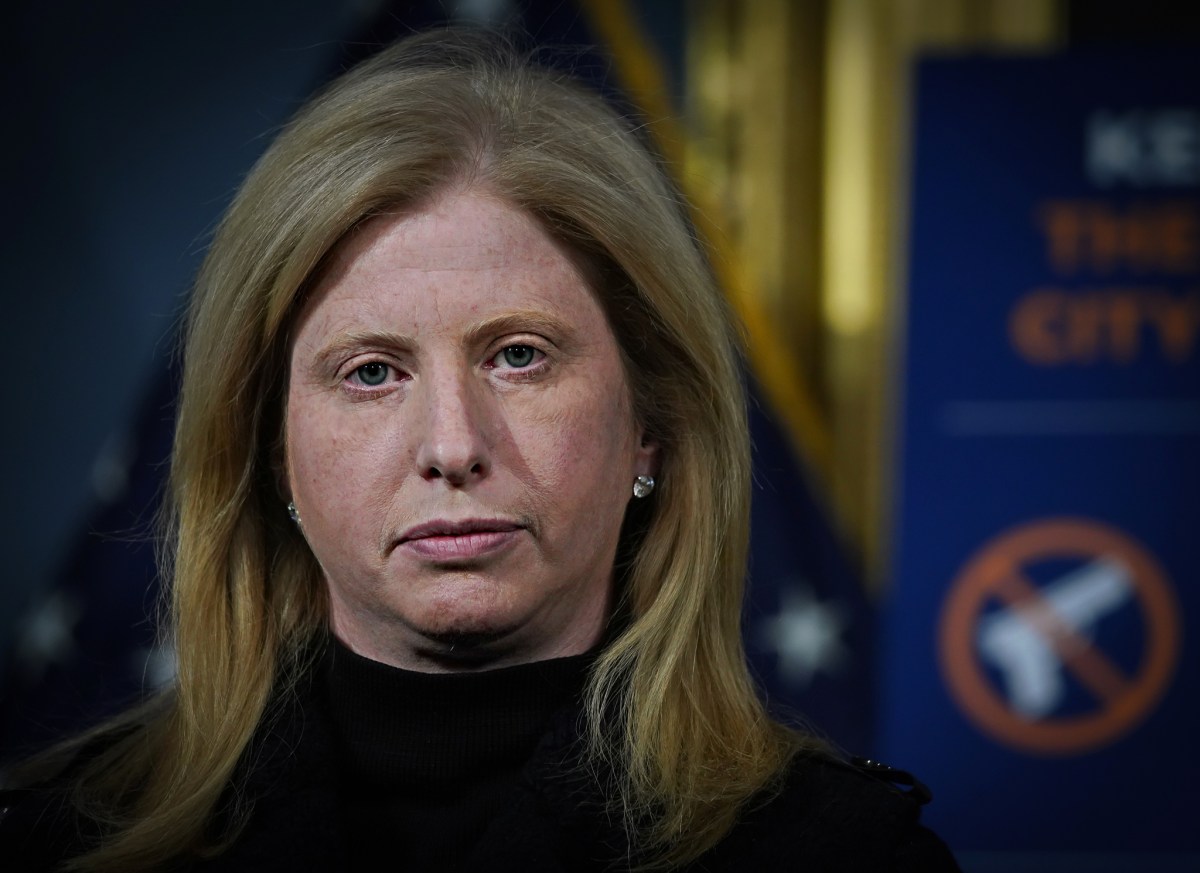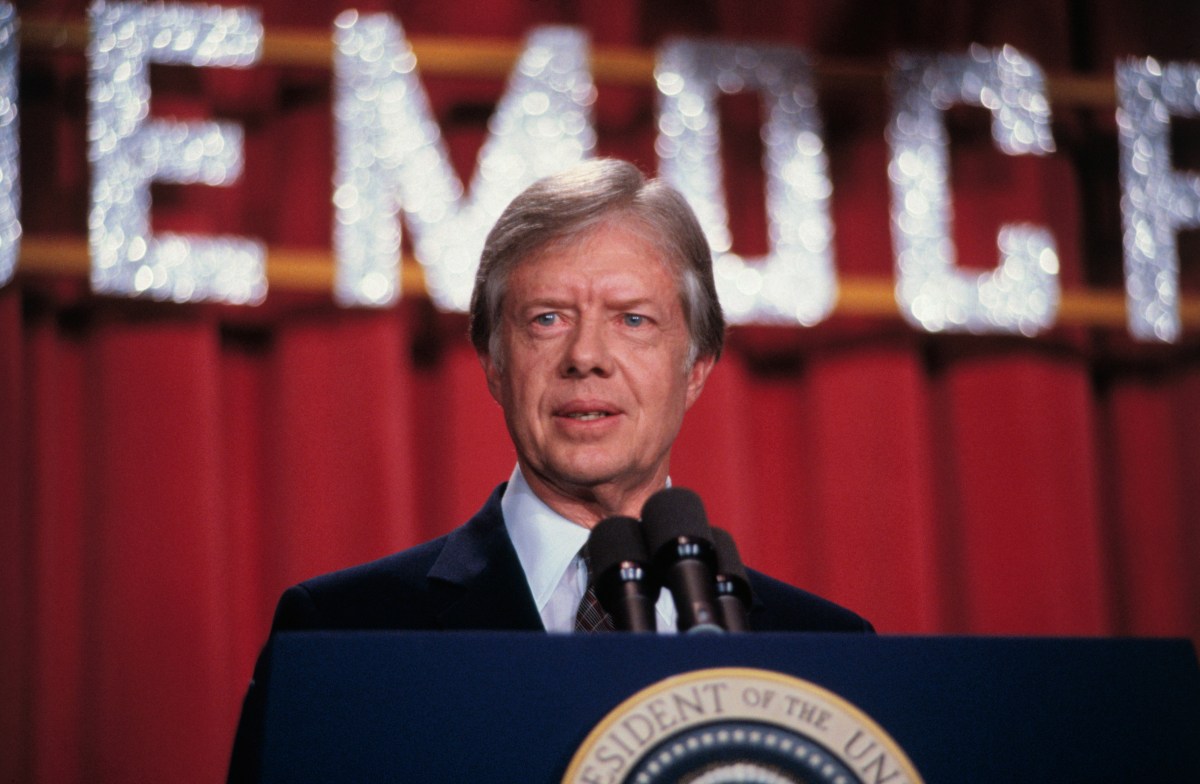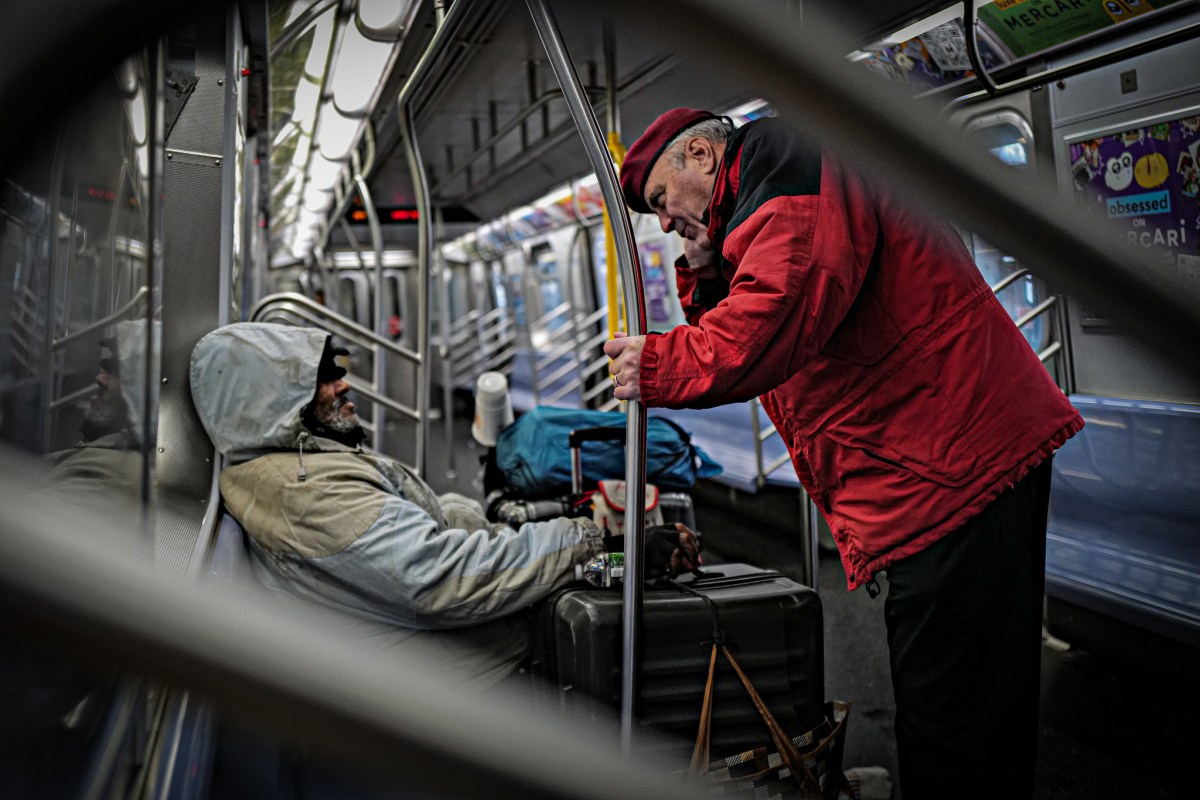Living in Bedford-Stuyvesant in 2012, Rachel Rivera thought she was safe when Superstorm Sandy hit New York City that Oct. 29. Five years later, the horror of that night is still present for her and her now-11-year-old daughter.
“She’s terrified that she’s going to relive Hurricane Sandy,” Rivera said. “Every time it will rain really hard, she will cry, ‘Are we going to make it? Are we going to die?’ As a mother, that’s hard for me to hear. She is going through help and getting therapy.”
As 80 mph winds and record-breaking storm surges struck, Rivera heard a loud crack inside her apartment on the third and top floor of her building.
“It scared me, so I got my daughter from her bed. As soon as I took her out of the bed, the ceiling came down,” Rivera said.
Having lost absolutely everything, including family pets and heirlooms, the two fled in their pajamas to the nearest police precinct – and spent the next year at city shelters and a Midtown hotel.
On Saturday, Rivera and countless others will participate in #Sandy5, a march over the Brooklyn Bridge that culminates in a rally at the Alfred E. Smith Houses in Manhattan to commemorate the fifth anniversary of Superstorm Sandy – and call on political leaders to enact bold policies to combat climate change.
“We need to be more prepared because you never know if another hurricane will come up the coast again and hit us harder than Sandy did,” said Rivera, who, as a member of New York Communities for Change (NYCC), will share her story on Saturday.
‘It’s not enough’
NYCC is one of the organizers of #Sandy5, and when Metro spoke on Wednesday to Pete Sikora, one of its officials, it was minutes after actor and longtime environmentalist Leonardo DiCaprio tweeted about Saturday’s march.
5 yrs since Superstorm Sandy, march & demand @NYCMayor @NYGovCuomo & @SenSchumer take bold #climate action. #Sandy5 https://t.co/5TRsRdBTnI
— Leonardo DiCaprio (@LeoDiCaprio) October 25, 2017
“It’s very exciting that he’s retweeting it, so I’m fanboying a little bit about it,” Sikora said with a laugh. “But the purpose of this march is not to get fired up about celebrities – it’s to get the mayor and the governor to actually take the bold, serious action needed now to fight climate change, create good jobs and ensure justice.”
The march will urge Gov. Andrew Cuomo and Mayor Bill de Blasio to do more than “taking small, incremental baby steps,” Sikora said. “One of the main demands is to get New York City to reduce its enormous climate pollution footprint. Seventy percent of that is caused by energy use in buildings. What we want is for the mayor to require large buildings to upgrade to modern energy efficiency standards to slash climate pollution.”
The mayor last month unveiled such a building mandate to meet strict fossil fuel targets by 2030, but “it’s not enough,” Sikora said.
“Ninety percent of the square footage in the city that’s going to be up by 2050 already exists, so the bulk of the city’s climate pollution is coming from existing, old, inefficient polluting buildings,” he added.
“The city is a leader on climate action and continues to pursue deep cuts to emissions in line with Paris while it also invests to prepare for the impacts of climate change in its coastal communities and across the city,” Dan Zarrilli, chief resilience officer told Metro. “That’s why we have taken the bold step of announcing mandatory retrofits for all large buildings in the city — the first-of-their-kind in the nation — to address our most polluting sector at its source.”
Calling President Donald Trump a “wholly owned subsidiary of the fossil fuel corporation,” Sikora said leaders like Cuomo and de Blasio need to stand up to his administration’s efforts to undo climate change progress that can have catastrophic effects.
“We got a taste of that five years ago with Sandy, and right now, we have people all over the world literally running for their lives from fires and floods and hurricanes, so are we going to wait for another Sandy to hit us?” he asked.
When asked to comment on #Sandy5, Gov. Cuomo issued this statement:
”Superstorm Sandy not only left a path of destruction, but presented a hard wake-up call on the reality of climate change. New York listened and responded by building back better and stronger than ever with unprecedented investments into our state’s infrastructure and resiliency efforts to prepare for future storms. With the most aggressive clean energy standard in the nation, New York is leading by example by setting an ambitious coal-free energy mandate and requiring half of our state’s power come from renewable sources by 2030, and we will continue to fight loudly against any misguided federal government attempts to rollback proven environment protection laws.”


